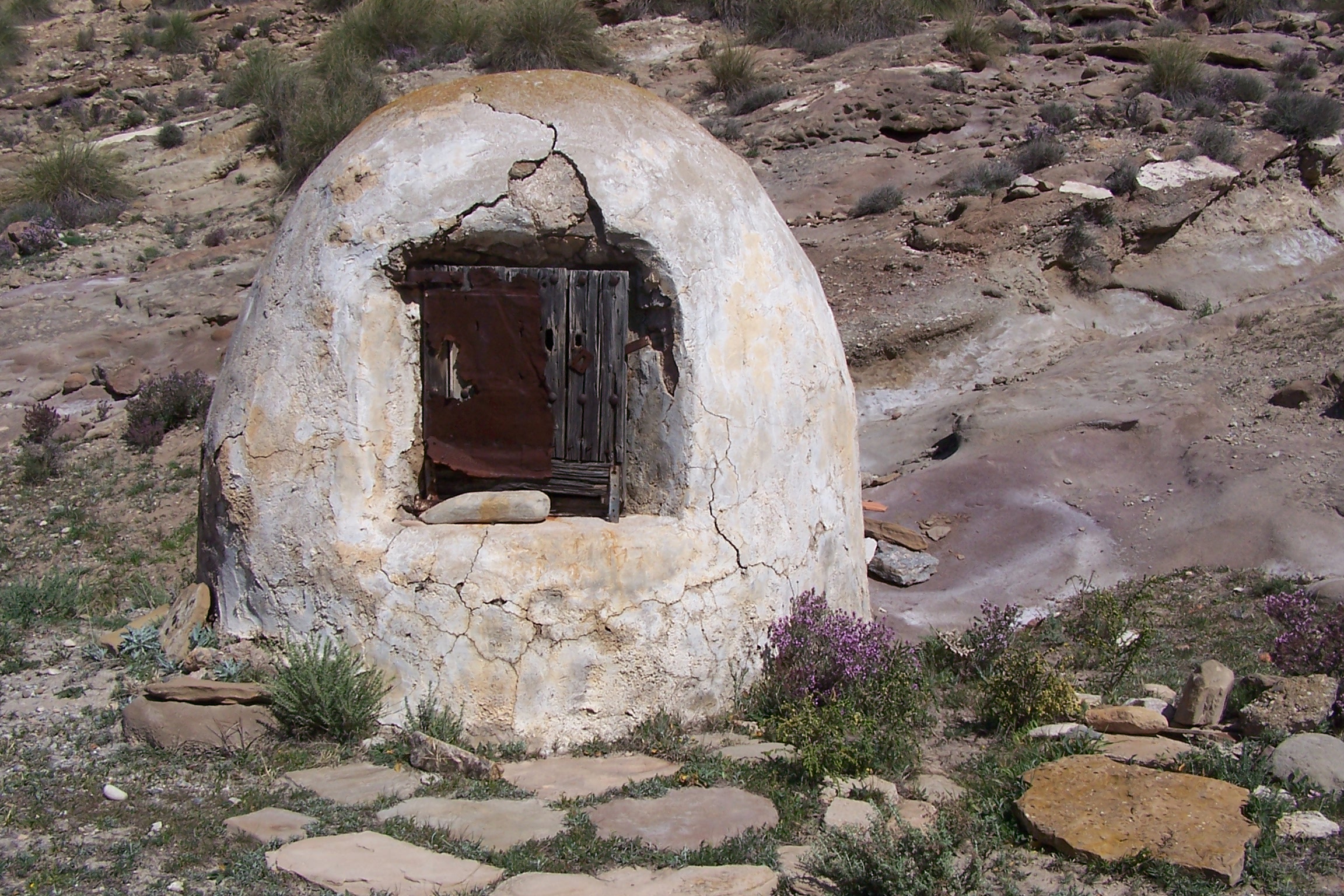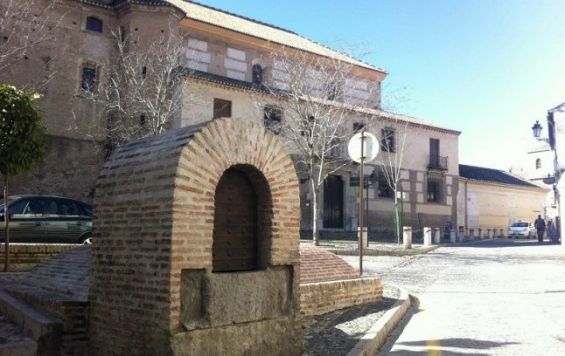In southern Spain, a medieval Arab technique has been brought back to life to help preserve and manage water. Aljibe, or Al Jobb, a borrowed word from Arabic that refers to underground wells used to store rainwater.
In Alicante, where rain can either disappear for months or flood the province, the technique is back. According to the Guardian, the authorities in the Spanish southern province built an Aljibe for Sant Joan, a municipality belonging to the Alicante metropolitan area.
This Aljibe, called La Marjal, mimics the traditional technique set up by Arabs in the Peninsula but with a slightly different purpose. In addition to storing and recycling rainwater, La Marjal «serves as a typical recreation area and a nature reserve», the Guardian wrote.
 La Marjal, amodern aljibe in Alecante, Spain. / Ph. Aguas de Alicante
La Marjal, amodern aljibe in Alecante, Spain. / Ph. Aguas de Alicante
Speaking to the British newspaper, Jorge Olcina, a professor of analytical geography at the University of Alicante, said that «the need for sustainable management has forced us to recover ancestral practices».
«You could say that these rainwater storage facilities in Alicante and Barcelona are the new aljibes of the 21st century», he explained.
Aljibes or Moorish cisterns in Al Andalus
Indeed, Alicante is relying on the practice developed by Muslims when Spain and Portugal were part of the Andalus. Aljibes, also known as Moorish cisterns, were considered as important units of storage for «fortresses in al-Andalus», Luis José García-Pulido and Sara Peñalver Martín from the University of Malaga wrote.

In their 2019 article entitled «The Most Advanced Hydraulic Techniques for Water Supply at the Fortresses in the Last Period of Al-Andalus (Thirteenth to Fifteenth Century)», the researchers explain that these water facilities had «provided autonomy during periods of peace and resistance against prolonged sieges».
«They are usually one of the surviving structures of these fortresses, due to their solid construction and their fully or partially interred situation. This fact has favored their preservation, as they are less exposed to erosion and have been protected with the deposition of earth and debris from the destruction of other surrounding elements».
Similar Aljibes were built in other places, including Granada in southern Spain. According to a platform called Piccavey, which reveals that «in Granada, many of these historic structures can be seen dotted around the Albaicin quarter».
«The largest one in the city is the Aljibe del Rey which holds over 79,251 US gallons or 300 cubic metres of water», the same source said.
In Morocco too, these cisterns were part of Moroccans' architecture. According to the two researchers, similar Aljibes to the ones in Spain were built by Almoravids, who stretched over the western Maghreb and Al-Andalus, in Morocco.
«The fortress of Tasgimut, which was also built by the Almoravids around 1125 AD» contained «the remains of a fountain that guaranteed the supply of water to a big aljibe of square plan and made with large stones, in the southeast of the fortress», the same paper added.
Invented by Arabs who lived in al-Andalus, these water facilities can be of great use nowadays.





 chargement...
chargement...













